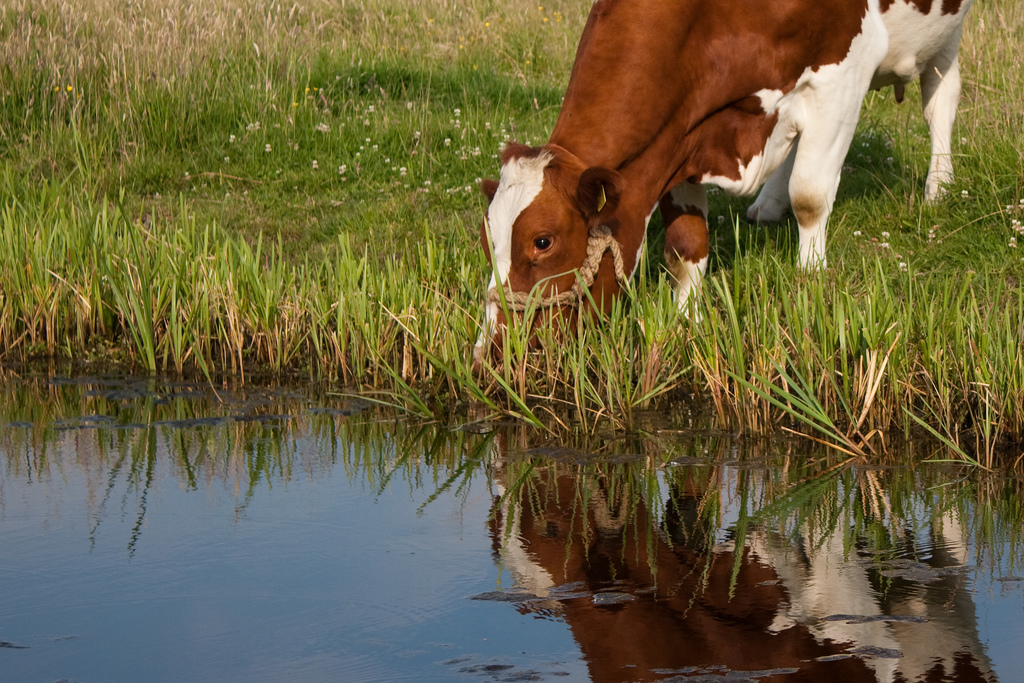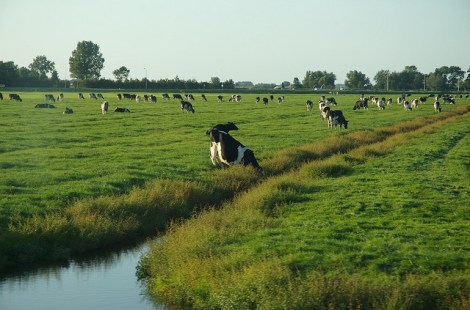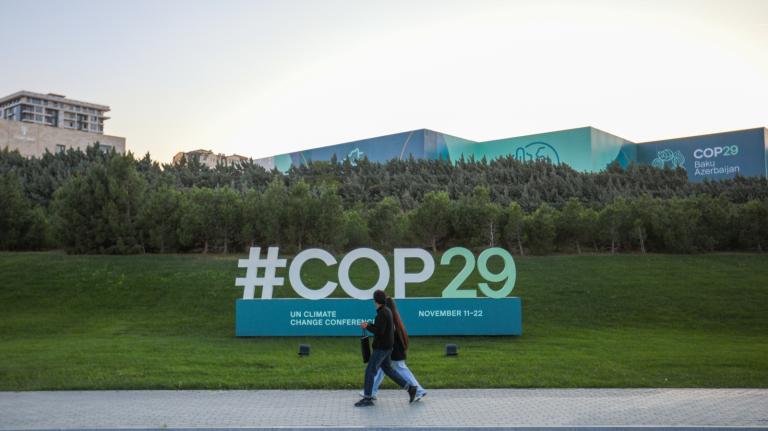Some of our most fertile land for growing food also happens to be fertile land for blasting out tons of shale gas. You might guess who’s already winning this battle.
The Nation reports on the effects of fracking pollution on America’s farms, focusing on North Dakota cattle farmer Jackie Schilke, who farms atop Bakken Shale.
After fracking began at 32 sites within a couple miles of her ranch, Schilke’s cattle started dropping dead and Schilke herself started suffering from poor health. Ambient air testing found high levels of a bunch of nasty chemical compounds associated with fracking, and with cancer and birth defects.
State health and agriculture officials acknowledged Schilke’s air and water tests but told her she had nothing to worry about. Her doctors, however, diagnosed her with neurotoxic damage and constricted airways. “I realized that this place is killing me and my cattle,” Schilke says. She began using inhalers and a nebulizer, switched to bottled water, and quit eating her own beef and the vegetables from her garden. (Schilke sells her cattle only to buyers who will finish raising them outside the shale area, where she presumes that any chemical contamination will clear after a few months.) “My health improved,” Schilke says, “but I thought, ‘Oh my God, what are we doing to this land?’”
Around the country, farmland near fracking sites is being contaminated and livestock are getting sick and dying.
In Louisiana, seventeen cows died after an hour’s exposure to spilled fracking fluid. (Most likely cause of death: respiratory failure.) In north central Pennsylvania, 140 cattle were exposed to fracking wastewater when an impoundment was breached. Approximately seventy cows died; the remainder produced eleven calves, of which only three survived. In western Pennsylvania, an overflowing waste pit sent fracking chemicals into a pond and a pasture where pregnant cows grazed: half their calves were born dead. The following year’s animal births were sexually skewed, with ten females and two males, instead of the usual 50-50 or 60-40 split.
As natural-gas drilling operations move into the Northeast, where there’s a high concentration of organic farms and local-focused eaters, expect to see more conflicts between farmers and frackers. Big questions lie behind those sad images of dead baby cows: How “cheap” is natural gas that costs lives? And is energy independence more important to us than food independence?




